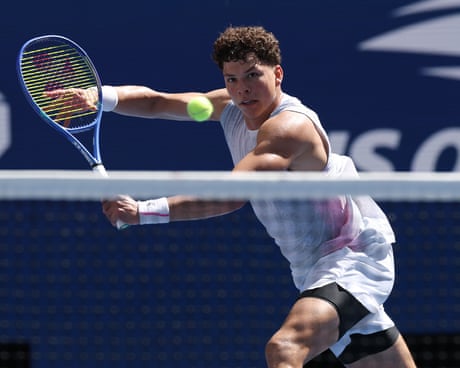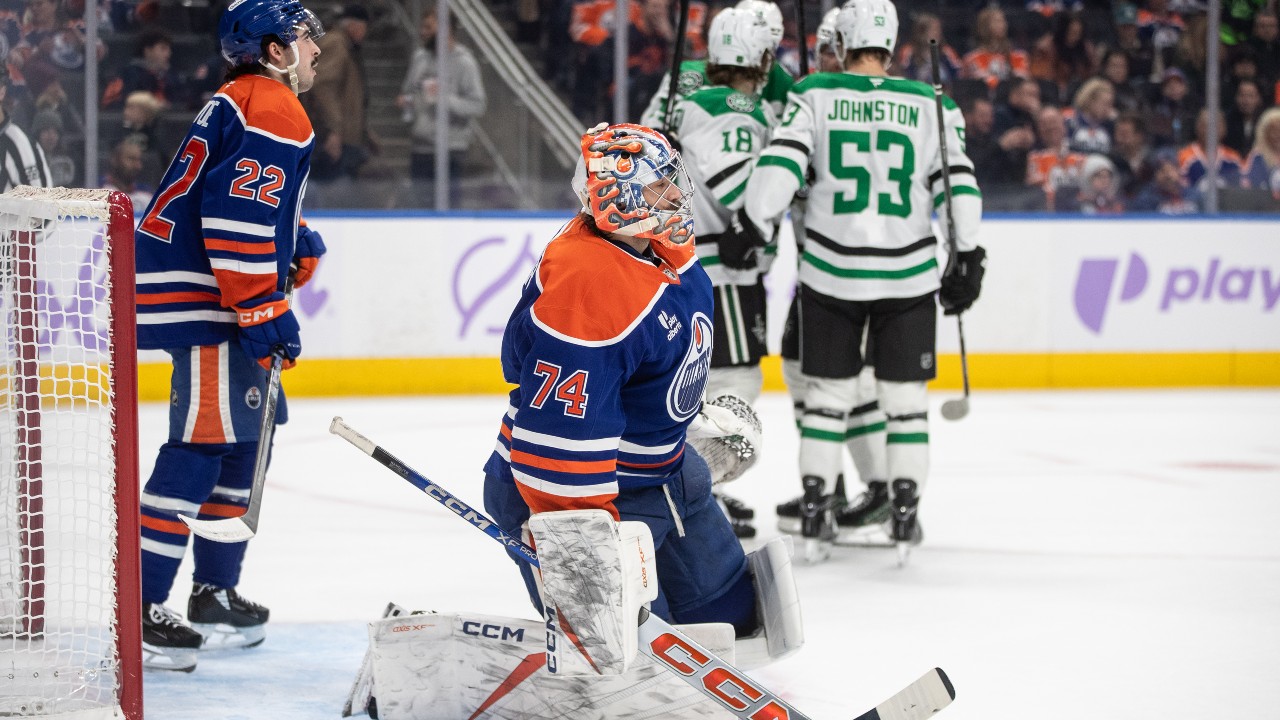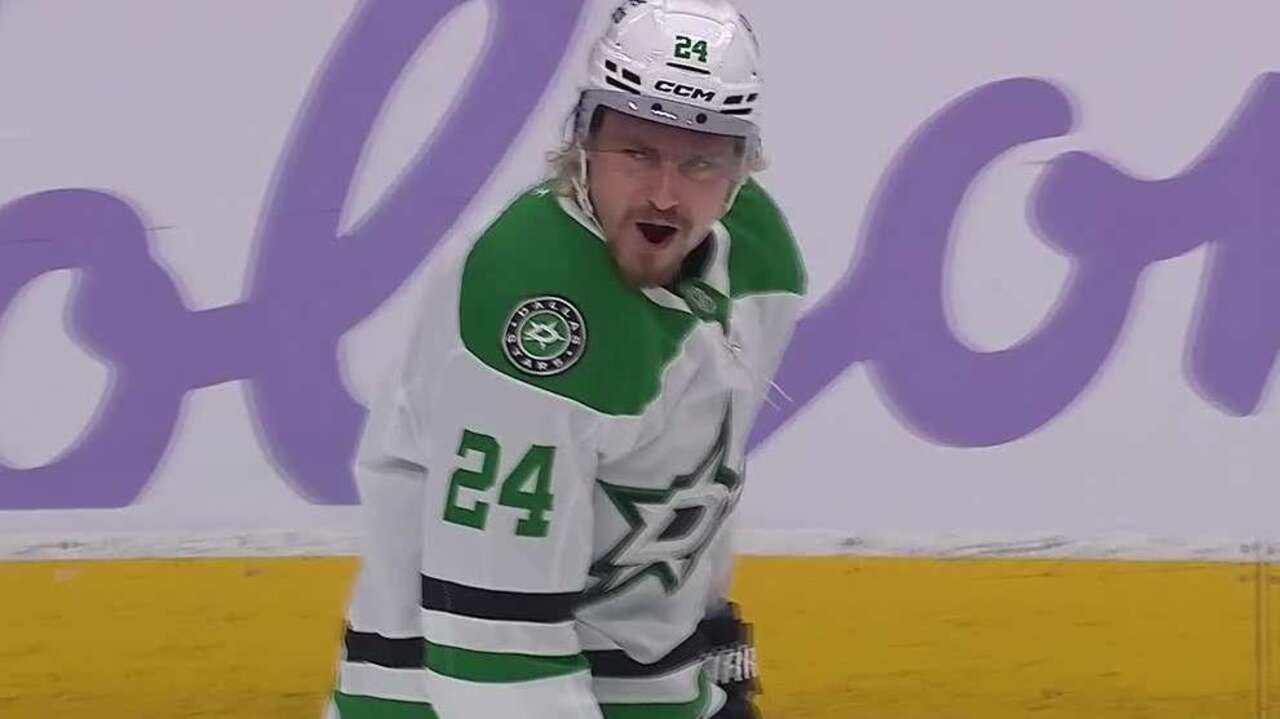
Rafael Nadal aside, there has been a paucity of male southpaw champions in recent decades. But that could change at Flushing Meadows this year
During the peak years of the Big Three, from 2008-2020, the only relevant issue to be discussed when discussing a grand slam draw was which of the trio was scheduled to meet before the final. And what this ultimately meant was that semi-finals often turned out be better than the finals (see: the 2010 and 2011 US Open semi-finals between Roger Federer and Novak Djokovic, or the 2013 and 2021 French Open semis between Rafael Nadal and Djokovic).
Tennis hadn’t had that kind of impenetrable triangle of stars since the Jimmy Connors-Björn Borg-John McEnroe troika’s very brief hold on the sport in the late 1970s and very early 1980s. What makes that long-ago epoch stand out even further is the preponderance of left-handed players. Consider – from 1974 through 1984, a southpaw triumphed in every one of those 11 years at the US Open; Connors in 1974, 1976, 1978, 1982 and 1983; Manuel Orantes in 1975, Guillermo Vilas in 1977 and John McEnroe in 1979, 1980, 1981 and 1984. Further, in 1979 four of the top-six ranked men were lefties – Connors, McEnroe, Vilas and Roscoe Tanner. And just prior to Connors and McEnroe’s dominance, the left-handed Rod Laver had been – by far – the best men’s player in the world when the open era began.




